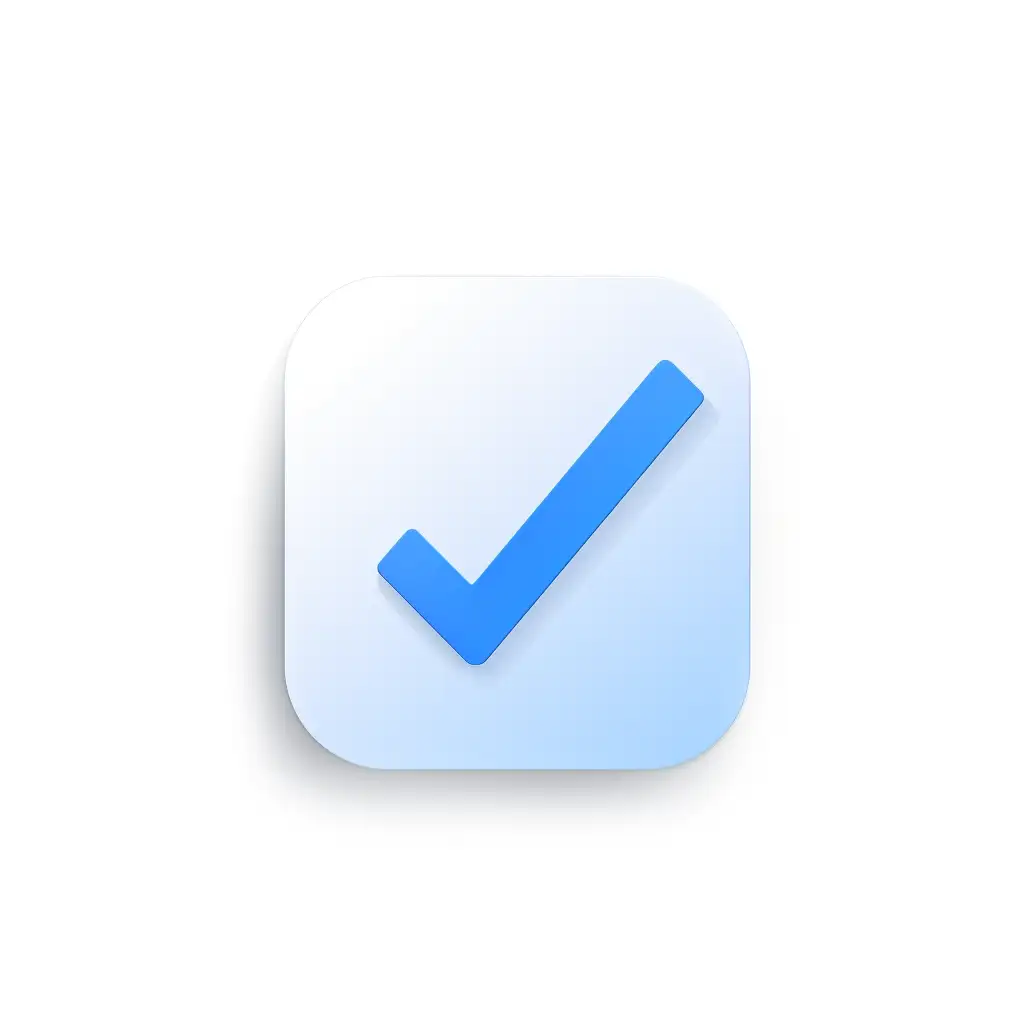Template: HR Audit

What is an HR Audit?
An HR audit is a thorough review of a company’s human resources policies, procedures, systems, and practices. It’s designed to identify strengths and weaknesses within the HR function, ensuring alignment with the organization’s strategic goals, compliance with legal standards, and the effective management of human capital.
Definition and Purpose
At its core, an HR audit examines how well an organization’s HR department is functioning and how its activities contribute to the company’s objectives. The purpose is multifaceted:
- Compliance: Ensuring that HR practices adhere to local, national, and international regulations to avoid legal pitfalls and penalties.
- Efficiency: Streamlining HR processes and practices to optimize performance and resource utilization.
- Strategic Alignment: Aligning HR strategies with business objectives to support growth, innovation, and competitive advantage.
- Risk Management: Identifying and mitigating risks related to employment practices, policies, and procedures.
Key Areas of Focus
Compliance: This involves ensuring that HR policies and practices meet the requirements set by government laws and regulations at all levels. It covers areas such as labor standards, health and safety, equal employment opportunity, and data protection.
Practices and Processes: This aspect reviews the effectiveness and efficiency of HR processes in recruitment, onboarding, training and development, performance management, and termination. It assesses whether these practices are up-to-date, technology-driven, and aligned with the best industry standards.
Key Performance Indicators (KPIs): The audit evaluates HR metrics such as employee turnover rates, time to hire, employee satisfaction scores, and other KPIs that measure the effectiveness of HR functions.
Strategic Alignment: This examines how well the HR department’s goals and initiatives support the broader strategic objectives of the organization. It assesses HR’s role in driving organizational change, fostering a positive corporate culture, and building a workforce that can achieve future business goals.
Importance in Modern Work Environments
In today’s complex and rapidly changing business landscape, HR audits are more crucial than ever. They provide a systematic approach to evaluating the effectiveness of HR functions and ensuring they adapt to the evolving needs of the workforce and the organization. With the rise of remote work, globalization, and technological advancements, HR audits help organizations:
- Stay compliant amidst changing labor laws and regulations.
- Adapt HR practices to meet the demands of a diverse, distributed, and dynamic workforce.
- Leverage data and analytics for informed decision-making and strategic planning.
- Cultivate a culture that attracts and retains top talent by aligning HR initiatives with employee expectations and company values.
Why Your Business Needs an HR Audit
In the rapidly evolving business world, staying competitive and compliant requires not just vigilance but proactive strategies. An HR audit is an indispensable tool for businesses aiming to navigate the complexities of modern work environments with agility and foresight. Here’s why conducting an HR audit is critical for your business:
Compliance with Changing Laws: Staying Ahead of Legal Requirements
In an era where labor laws and employment regulations are continuously evolving, maintaining compliance is a challenge. An HR audit systematically reviews your company’s adherence to these changing legal requirements, helping to mitigate risks of non-compliance, which can lead to costly legal disputes and penalties. By regularly conducting HR audits, your business can identify and rectify compliance issues before they become problematic, ensuring that your HR practices are always in line with current laws and regulations.
Strategic Alignment: Ensuring HR Strategies Contribute to Business Goals
The strategic importance of HR in driving organizational success cannot be overstated. An HR audit evaluates how well your HR strategies and practices are aligned with the overall business objectives. This alignment is crucial for ensuring that HR initiatives support business growth, competitive advantage, and operational efficiency. Through an HR audit, gaps between current HR practices and the strategic goals of the organization can be identified and addressed, facilitating a more focused and strategic approach to HR management.
Performance Optimization: Identifying Areas for Improvement in HR Functions
Efficiency and effectiveness in HR functions are vital for operational excellence. An HR audit provides a comprehensive examination of HR processes and systems, identifying inefficiencies and areas for improvement. By spotlighting practices that are outdated, redundant, or ineffective, the audit enables businesses to implement streamlined, technology-driven solutions that enhance productivity. This performance optimization not only reduces costs but also improves the overall functioning of the HR department, making it a more strategic partner in the business.
Cultural Alignment: Building a Positive Workplace Culture
The culture of an organization is a pivotal factor in attracting and retaining top talent. An HR audit examines the extent to which HR policies, practices, and initiatives promote a positive, inclusive, and engaging workplace culture. It assesses whether the company culture aligns with the values and expectations of its workforce, which is essential in today’s competitive job market. Through cultural alignment, businesses can foster a sense of belonging and commitment among employees, leading to higher job satisfaction, improved performance, and reduced turnover rates.

HR Audit Templates
Organization and Record Keeping
Hiring Practices
Training & Development
Retention, Attrition & Company Culture
Compensation and Benefits
Workplace Issues
Safety & Security at Work

The HR Audit Process: A Step-by-Step Guide
HR audits are essential for ensuring that an organization’s human resources contribute effectively to its strategic goals. This step-by-step guide outlines the process from planning through to monitoring, ensuring a comprehensive review of HR practices.
Planning Your Audit
Objectives: Begin by defining clear objectives for the HR audit. Determine what you aim to achieve, whether it’s ensuring compliance with laws and regulations, improving HR processes, or aligning HR strategies with organizational goals.
Scope: Establish the scope of the audit. Decide which areas of HR will be audited, which might include recruitment, training and development, compensation and benefits, employee relations, and compliance with employment laws.
Data Collection: Identify the types of data needed and the sources of this data. This might include employee files, HR policies, performance appraisals, and any previous audit reports. Develop a plan for how this data will be collected in a systematic and confidential manner.
Conducting the Audit
Utilizing the Checklist: Use a comprehensive HR audit checklist to conduct a thorough evaluation. The checklist should cover all areas identified in the scope and be used to assess current practices against best practices, legal requirements, and organizational objectives.
Interviews and Surveys: In addition to document review, conduct interviews with key HR personnel and other stakeholders to gain insights into HR processes and challenges. Surveys can also be used to collect feedback from employees on HR services and workplace culture.
Analysis: Analyze the data collected to identify strengths and weaknesses in HR practices. Look for patterns or issues that may indicate systemic problems or areas for improvement.
Reporting
Analyzing Findings: Compile the findings from the audit into a comprehensive report. This report should highlight areas of compliance and best practice as well as areas needing improvement or corrective action.
Formulating an Action Plan: Based on the audit findings, develop an action plan. This plan should prioritize issues based on their impact on the organization and include specific steps for addressing each issue, responsible parties, and timelines for completion.
Presentation to Stakeholders: Present the audit report and action plan to senior management and other relevant stakeholders. Ensure they understand the importance of the findings and the need for the action plan to be implemented.
Monitoring
Establishing Systems for Ongoing Improvement: Set up systems to monitor the implementation of the action plan and to measure progress against the objectives set during the planning phase. This could include regular check-ins, updates to policies and procedures, and follow-up audits.
Feedback Loop: Create a feedback loop to ensure that the HR department and management can continuously learn from the audit process and outcomes. This includes making adjustments to the action plan as necessary and integrating lessons learned into future HR strategies and practices.
Continuous Improvement: HR audits should not be seen as a one-time activity but as part of a continuous improvement process. Regularly scheduled audits can help ensure that HR practices remain aligned with organizational goals, comply with legal requirements, and meet the needs of employees.
Disclaimer: The content provided on this webpage is for informational purposes only and is not intended to be a substitute for professional advice. While we strive to ensure the accuracy and timeliness of the information presented here, the details may change over time or vary in different jurisdictions. Therefore, we do not guarantee the completeness, reliability, or absolute accuracy of this information. The information on this page should not be used as a basis for making legal, financial, or any other key decisions. We strongly advise consulting with a qualified professional or expert in the relevant field for specific advice, guidance, or services. By using this webpage, you acknowledge that the information is offered “as is” and that we are not liable for any errors, omissions, or inaccuracies in the content, nor for any actions taken based on the information provided. We shall not be held liable for any direct, indirect, incidental, consequential, or punitive damages arising out of your access to, use of, or reliance on any content on this page.
Trusted By
Trusted by 3.2M+ Employees: 21 Years of Service Across Startups to Fortune 500 Enterprises
Join our ever-growing community of satisfied customers today and experience the unparalleled benefits of TimeTrex.










Strength In Numbers
Join The Companies Already Benefiting From TimeTrex
Time To Clock-In
Start your 30-day free trial!
Experience the Ultimate Workforce Solution and Revolutionize Your Business Today
- Eliminate Errors
- Simple & Easy To Use
- Real-time Reporting

Saving businesses time and money through better workforce management since 2003.
Copyright © 2025 TimeTrex. All Rights Reserved.
